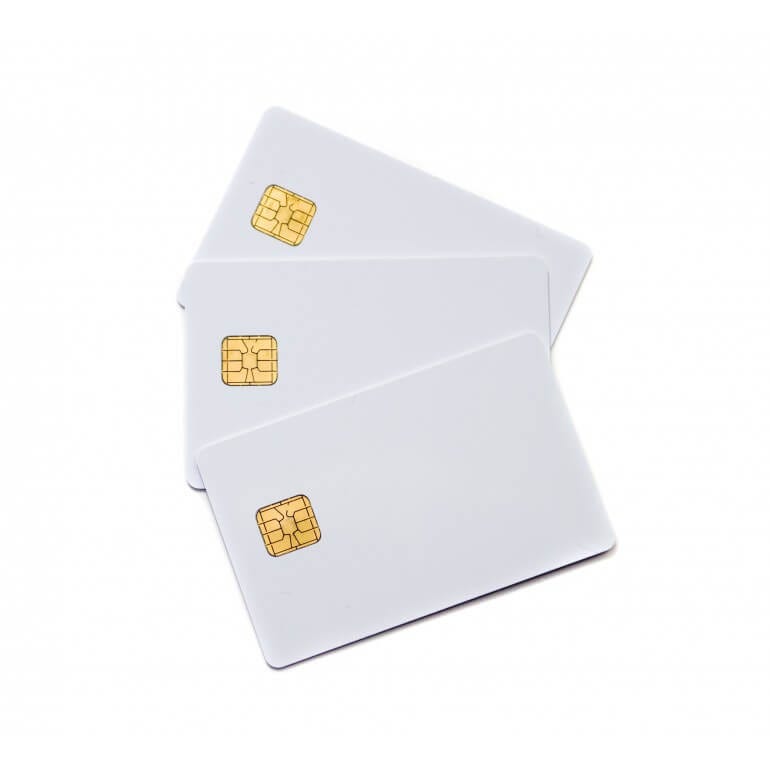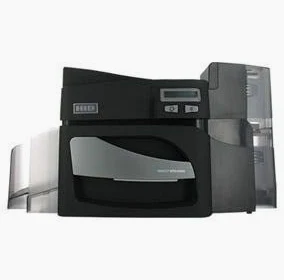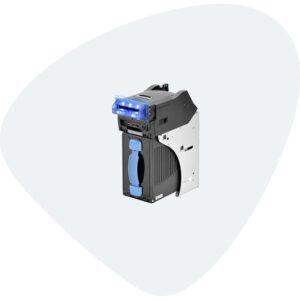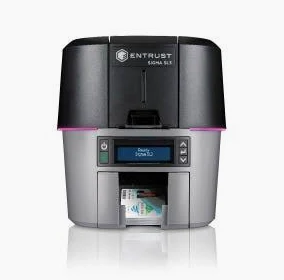Card Cloning
In today’s increasingly digital world, the threat of card cloning has become more pervasive than ever before. Card cloning refers to the illegal process of duplicating the data on a legitimate credit or debit card to create an unauthorized copy. This practice typically involves the use of skimming devices, which are often discreetly installed at points of sale (POS) terminals, ATMs, and gas stations. When a customer swipes their card through the compromised machine, the device records the card’s magnetic stripe data, allowing criminals to replicate it onto another card.
The consequences of card cloning are devastating for both consumers and businesses. Fraudsters can use cloned cards to make unauthorized purchases, drain bank accounts, or even sell the information on the black market. Victims of card cloning often remain unaware of the breach until they see unauthorized transactions on their statements, and by then, significant damage may already be done.
This guide delves into how card cloning works, the security vulnerabilities that enable it, and how both consumers and businesses can protect themselves from this growing threat.
How Card Cloning Works
The process of card cloning is typically achieved using a device known as a “skimmer.” This small and often undetectable device is attached to a legitimate card reader, where it captures the magnetic stripe information when a card is swiped. This information can then be used to create a clone of the card, which can be used for unauthorized transactions. With advancements in technology, criminals have also started targeting EMV chip cards by using “shimming” techniques, though this is more complex and less common than traditional skimming.
In addition to skimming, fraudsters may install tiny cameras or fake keypads near ATMs to capture PINs, allowing them full access to the victim’s account. Once they have both the card information and PIN, they can create a duplicate card and withdraw funds or make purchases as if they were the legitimate cardholder.
The Dangers of Card Cloning
Card cloning poses a significant financial threat, not just to individuals, but also to businesses and financial institutions. Once a criminal successfully clones a card, they can make purchases or withdrawals undetected for an extended period. By the time a victim notices the fraudulent activity, the losses could be substantial, and recovering stolen funds can be a lengthy and complicated process.
The most vulnerable points for card cloning include ATMs, gas stations, and self-service kiosks. Public, unattended card readers are often targeted because criminals can install skimming devices with minimal risk of detection.
How to Protect Yourself from Card Cloning
There are several precautions that both individuals and businesses can take to protect themselves from card cloning. For individuals, it is crucial to regularly monitor bank and credit card statements for any suspicious activity and to report unauthorized transactions immediately. It is also advisable to use ATMs located inside banks or well-lit, secure areas, as these are less likely to be tampered with.
For businesses, ensuring that all POS systems are equipped with the latest EMV chip technology can significantly reduce the risk of card cloning. It is also important to train employees to recognize signs of tampering on card readers and to inspect these devices regularly.









